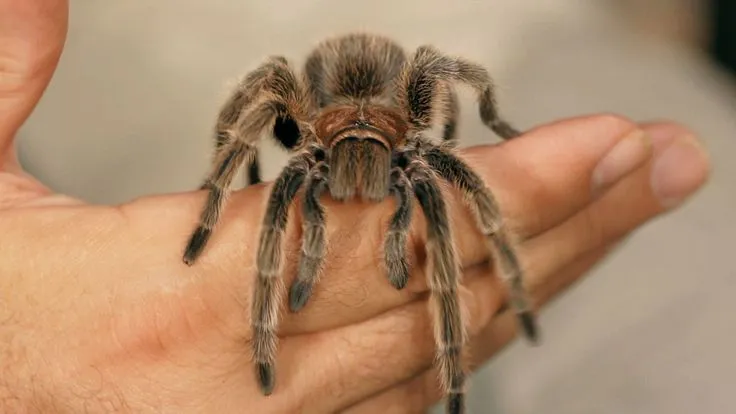Top 5 Rose Tarantula Facts You Need to Know
The Rose Hair Tarantula, scientifically known as Grammostola rosea, is a popular pet choice for its docile nature and relatively low maintenance requirements. These captivating creatures hail from the deserts of South America, where they thrive in arid environments. If you’re considering bringing one of these fascinating arachnids into your home, or if you are simply curious about them, understanding their key characteristics and care needs is essential. This guide provides the top 5 facts to help you learn about Rose Hair Tarantulas.
Appearance and Characteristics
Rose Hair Tarantulas are known for their striking appearance, which contributes significantly to their popularity as pets. They are named for the rose-tinted hairs that cover their bodies, though the color can vary depending on the individual tarantula and its origin. These hairs, or setae, aren’t just for show; they play a crucial role in the tarantula’s sensory system, allowing it to detect vibrations and air movement. The overall appearance is robust and imposing, with a body covered in fine hairs that give it a velvety texture. Their legs are sturdy and well-suited for both climbing and burrowing, reflecting their adaptable nature. A healthy Rose Hair Tarantula will have a well-defined cephalothorax and abdomen, indicating good health and proper nutrition. The combination of their size, color variations, and unique texture makes the Rose Hair Tarantula a visually appealing creature, fascinating to observe and care for.
Size and Lifespan
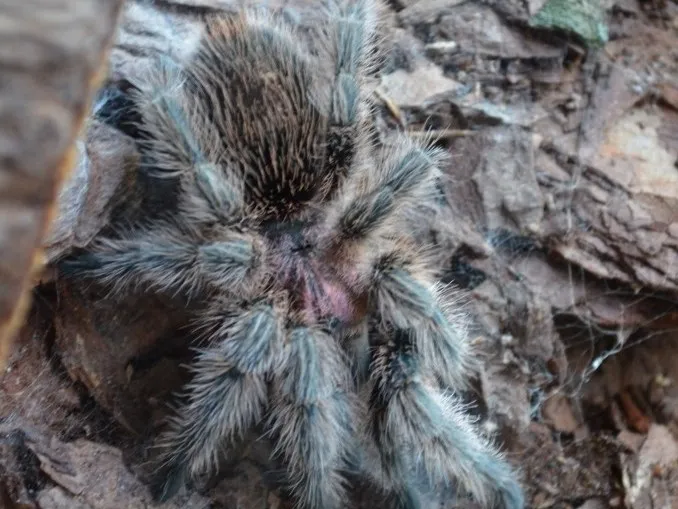
Rose Hair Tarantulas are medium-sized tarantulas, with females typically growing larger than males. Adult females can reach a leg span of up to 5-6 inches, while males are slightly smaller. The lifespan of these spiders is quite impressive, with females living up to 20 years or more under optimal conditions, while males typically live for 5-10 years. This long lifespan is one of the reasons why Rose Hair Tarantulas are considered a long-term commitment. The slow growth rate of these tarantulas means that owners will enjoy observing them through various stages of life, from juvenile to mature adults. Proper care, including a suitable habitat, diet, and temperature control, is crucial to maximize the lifespan and overall health of your Rose Hair Tarantula. Understanding the size and lifespan expectations is important for anyone considering owning one of these fascinating creatures.
Color Variations
While the name suggests a rosy hue, the color of Rose Hair Tarantulas can vary widely. The overall color can range from a light tan to a dark brown or even a grayish tone, with the characteristic rose-colored hairs appearing on the carapace and legs. Some individuals may exhibit more vibrant shades, depending on their genetics and environment. The intensity of the rose coloration can also be affected by the spider’s age and molting cycle. Newly molted tarantulas often have brighter colors, which may fade over time. Observing the color variations can be a fun way to appreciate the individuality of each tarantula. Understanding these color variations is important for accurately identifying and appreciating this captivating species. Despite the variability, the presence of rose-colored hairs is a defining characteristic.
Habitat and Native Range
Rose Hair Tarantulas are native to the dry scrublands and deserts of South America, specifically in countries such as Chile, Bolivia, and Argentina. Their natural habitat provides insight into their ideal living conditions in captivity. These tarantulas have adapted to a harsh environment, with significant temperature fluctuations and limited rainfall. They are terrestrial spiders, meaning they spend most of their time on the ground. Understanding their natural habitat is crucial for providing a suitable environment in your home. Replicating these environmental conditions is key to ensuring your tarantula thrives. These spiders are well-suited to thrive in arid environments and can endure temperature variations in the wild.
Where They Live in the Wild
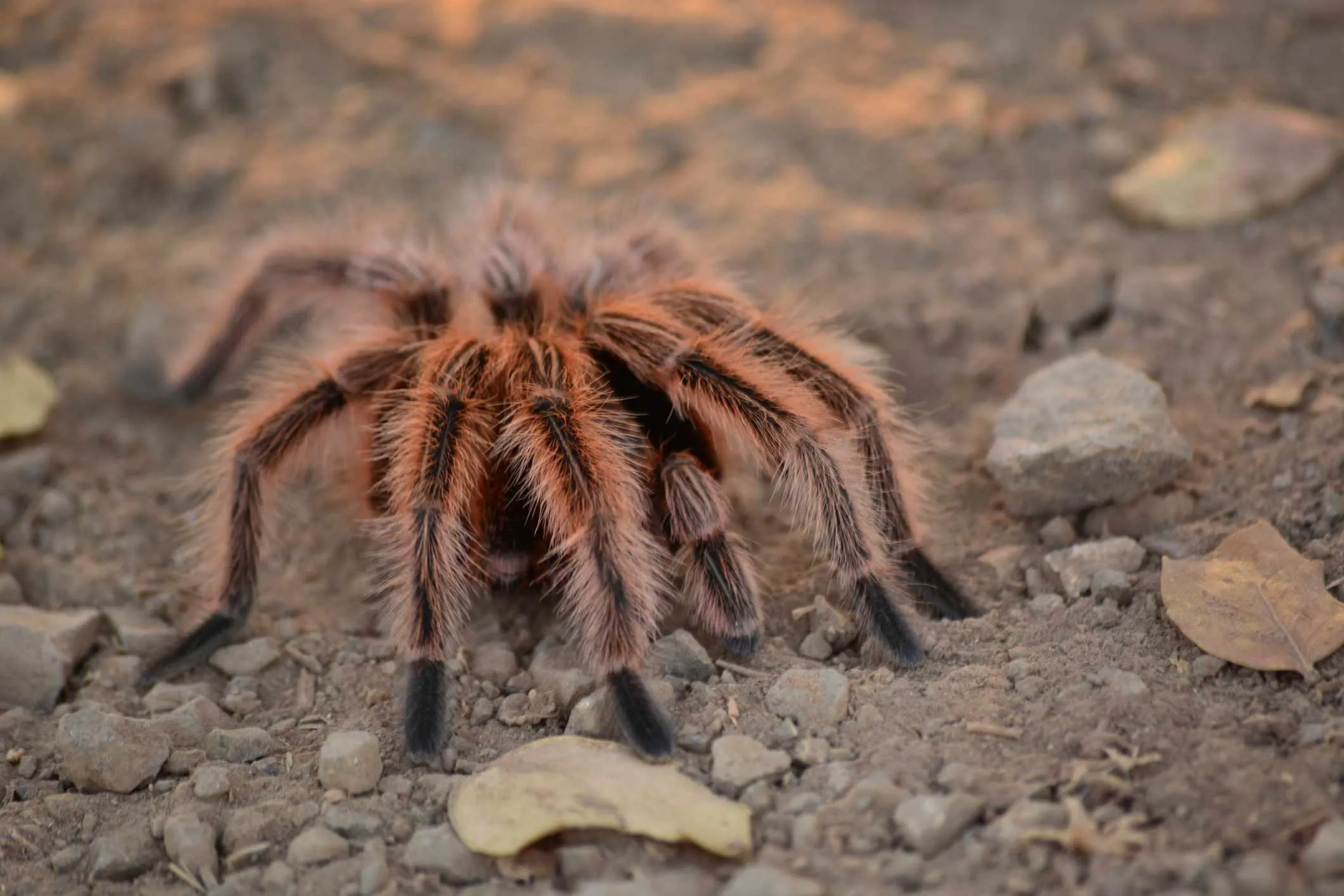
In their natural habitat, Rose Hair Tarantulas typically live in burrows or under rocks and logs. They are adept at digging and creating their own shelters, which provide protection from predators and the elements. These burrows are usually lined with silk to maintain humidity and provide a comfortable living space. The location of their burrows is often near sources of moisture, such as small streams or areas with higher humidity. The terrain they inhabit is generally rocky and sparsely vegetated, which allows them to blend in with their surroundings. Their ability to adapt to diverse environments makes them a resilient species. The choice of habitat reflects their need for security and a stable microclimate. Replicating a naturalistic environment will make your pet feel comfortable.
Ideal Enclosure Setup
Creating the right enclosure is crucial for the well-being of your Rose Hair Tarantula. A 10-20 gallon tank is often sufficient for an adult, while juveniles can start in smaller enclosures. The enclosure should have a secure lid to prevent escape, as these spiders are excellent climbers. The substrate, which is the bedding material, should be a mix of coco fiber, peat moss, or vermiculite. These materials help maintain the humidity levels your tarantula needs. Include a shallow water dish for drinking and a hide, such as a cork bark or half log, where the tarantula can retreat. Maintain a temperature of 75-85°F (24-29°C) and a humidity level of 60-70%. Regular spot cleaning and occasional substrate changes are essential to maintain a clean and healthy environment. With the right set-up, the tarantula will have a comfortable and safe home.
Diet and Feeding Habits
Understanding the dietary requirements of Rose Hair Tarantulas is fundamental to their care. These spiders are primarily insectivores, meaning their diet consists mainly of insects. Providing a balanced diet is crucial to their health and longevity. The insects should be gut-loaded before feeding to the tarantula. This ensures that the spider receives essential nutrients. The size of the prey should be appropriate for the size of the tarantula; juveniles should be fed smaller insects. Overfeeding can lead to health problems, so it’s essential to monitor your tarantula’s eating habits. The feeding schedule and the types of insects provided should be considered to create a balanced meal. Regular feeding and a varied diet will help your tarantula thrive.
What Rose Tarantulas Eat
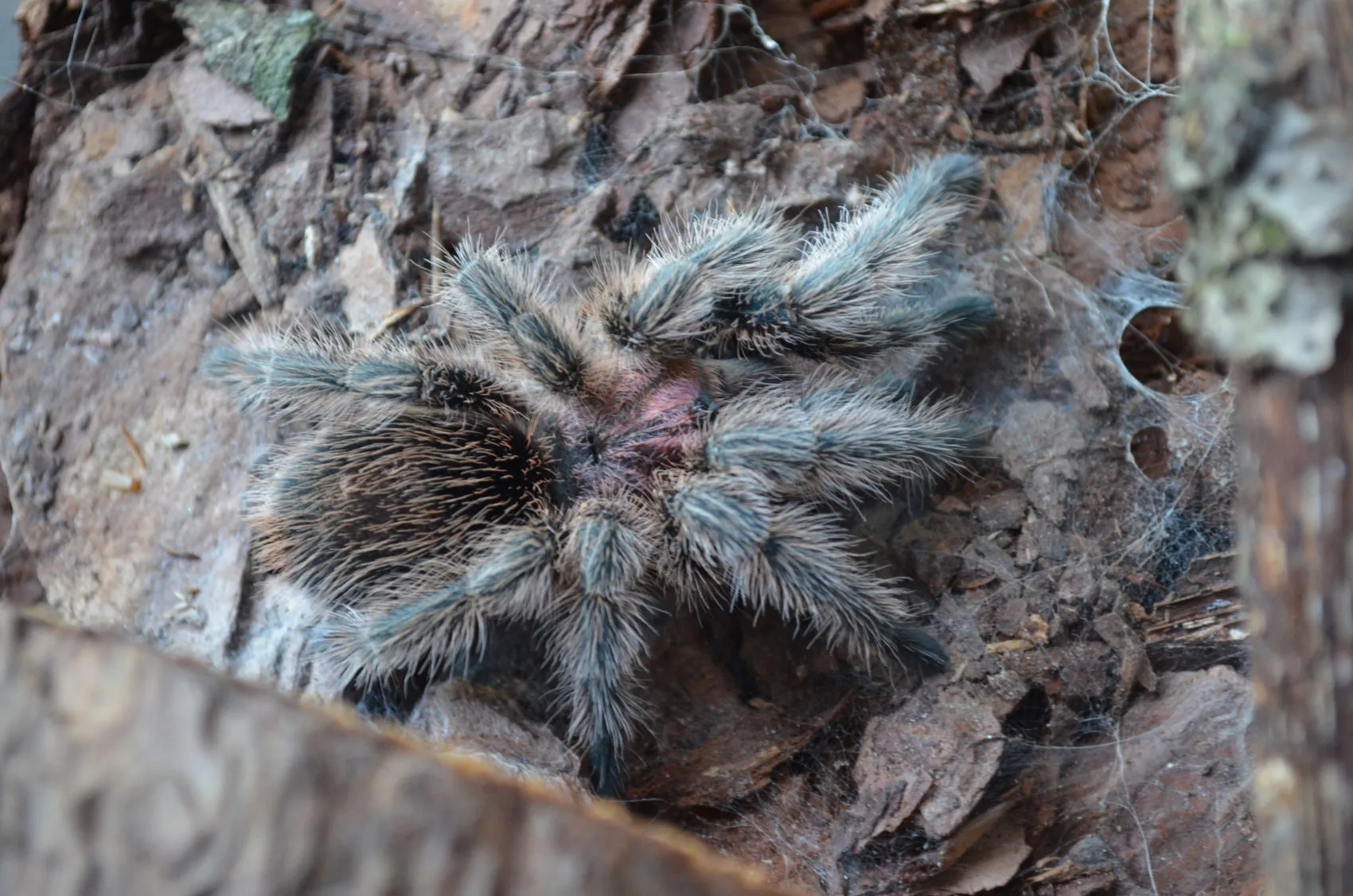
The diet of a Rose Hair Tarantula should primarily consist of insects, such as crickets, mealworms, and roaches. The insects should be sourced from a reputable pet store or online supplier to ensure they are free of pesticides and parasites. Offering a variety of insects helps provide a balanced diet. Crickets are a common staple, while mealworms can be offered as a treat. Roaches are an excellent source of protein and are also suitable. It is important to avoid feeding wild-caught insects, as they may carry diseases or parasites. Feeding the tarantula different kinds of insects will help provide essential nutrients. The occasional offering of a pre-killed pinky mouse can also be provided as a rare treat for adult tarantulas. This variety provides enrichment to their diet.
Feeding Frequency
The feeding frequency for Rose Hair Tarantulas varies depending on their age. Spiderlings and juveniles should be fed more frequently, typically every other day or every three days. Adults can be fed less often, often once a week or even every two weeks. Observe your tarantula’s behavior to determine the best feeding schedule. If it is not eating, it may be about to molt or may not be hungry. Remove any uneaten food within 24 hours to prevent mold growth and maintain a clean enclosure. Adjust the feeding schedule based on the tarantula’s size, molting cycle, and activity level. Overfeeding can lead to obesity, which can be detrimental to the tarantula’s health. Monitor your tarantula’s abdomen; a slightly rounded abdomen indicates a healthy weight. Ensure the tarantula has access to fresh water and a balanced diet.
Temperament and Handling
Rose Hair Tarantulas are known for their relatively docile temperament, making them a good choice for beginner tarantula keepers. However, it’s important to remember that they are still wild animals and should be treated with respect. While they are not generally aggressive, they may exhibit defensive behaviors if they feel threatened, such as flicking urticating hairs from their abdomen. This can cause skin irritation. The temperament of these spiders can vary from individual to individual, but most Rose Hair Tarantulas are calm and relatively easy to handle. Handling is generally not necessary for the spider’s well-being and should be done cautiously. Always prioritize the tarantula’s safety and comfort. Understanding their natural behaviors is essential.
Handling Precautions
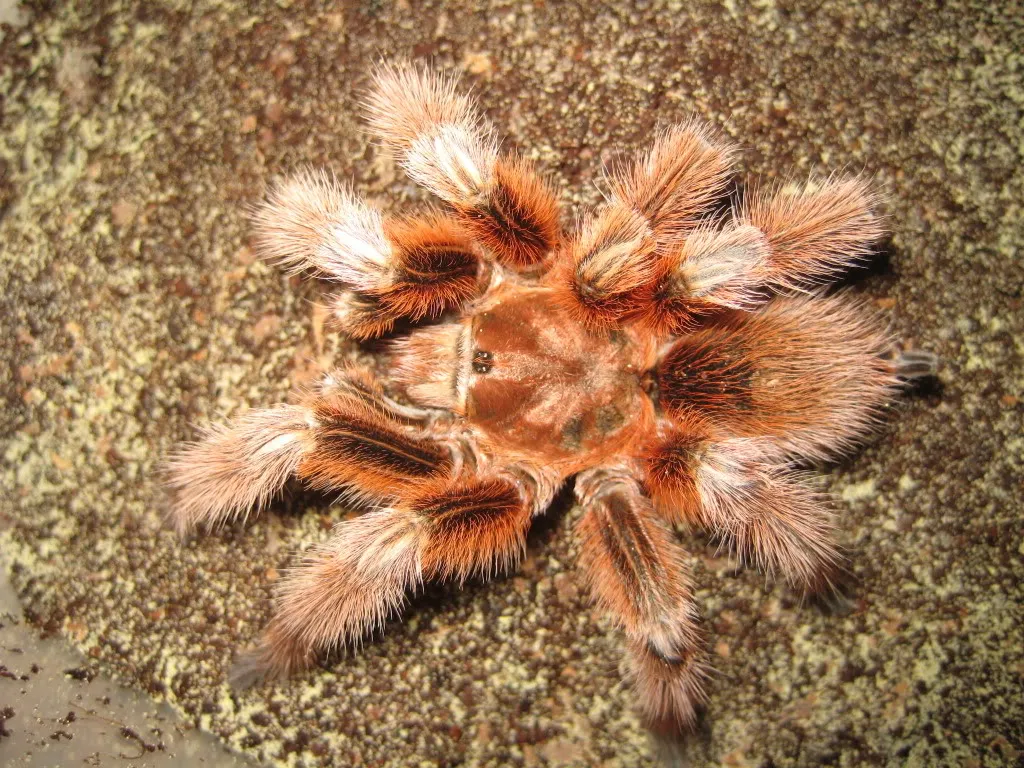
Handling a Rose Hair Tarantula should be done with caution and respect. Always handle the spider over a soft surface, such as a bed or the floor, to minimize the risk of injury if it falls. Avoid sudden movements and loud noises that could startle the tarantula. Before handling, gently coax the tarantula onto your hand using a soft brush or by allowing it to walk onto your hand on its own. Never force a tarantula to move. Be mindful of the tarantula’s urticating hairs, which can cause irritation; avoid touching your face or eyes after handling. Wash your hands thoroughly before and after handling. Always supervise children and ensure they understand the importance of gentle handling. Consider that handling can stress the tarantula.
Signs of a Stressed Tarantula
It’s essential to recognize signs of stress in Rose Hair Tarantulas. If a tarantula feels threatened, it might raise its front legs, flick its urticating hairs, or adopt a defensive posture. Avoid handling a stressed tarantula, as this can lead to defensive behaviors. Other signs of stress include a loss of appetite, hiding excessively, or pacing around the enclosure. A stressed tarantula may also refuse to eat. Providing a calm and secure environment is important to minimizing stress. If you observe these behaviors, make sure the enclosure is set up correctly, with proper temperature, humidity, and a suitable hide. If the stress persists, consult with an experienced tarantula keeper or a veterinarian specializing in exotic animals.
Health and Common Issues
Rose Hair Tarantulas are relatively hardy spiders, but like any pet, they are susceptible to certain health issues. Recognizing common problems and taking preventive measures is essential to ensuring their well-being. Proper husbandry, including maintaining the correct temperature, humidity, and diet, is the foundation of good health. Regular observation can help identify potential issues early, allowing for prompt intervention. Knowledge and attentiveness will help ensure a healthy life for your spider. Being proactive can solve many of these issues.
Molting Process
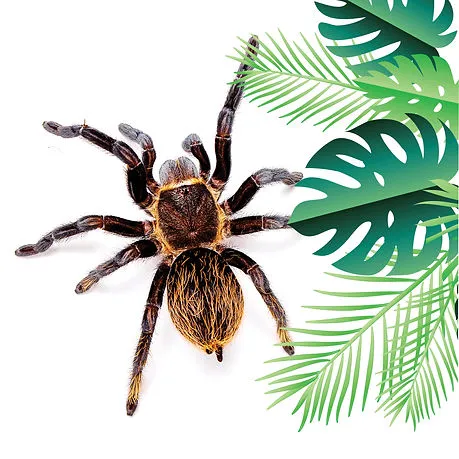
Molting is a natural process where the tarantula sheds its exoskeleton to grow. During this process, the tarantula will often stop eating, become lethargic, and may spend more time hiding. The tarantula will usually flip onto its back before molting. Do not disturb the tarantula while it is molting, as it is very vulnerable. After molting, the tarantula’s new exoskeleton will be soft and delicate, so it will need time to harden. Provide fresh water during and after the molting process. It may take several days or even weeks for the tarantula to fully recover and regain its appetite. The frequency of molting decreases as the tarantula matures. Understanding the molting process is important for the health of the tarantula.
Preventing Health Problems
Several steps can be taken to prevent health problems in Rose Hair Tarantulas. Maintaining the correct environmental conditions is crucial, including appropriate temperature, humidity, and substrate. A balanced diet of gut-loaded insects provides essential nutrients. Regularly clean the enclosure to prevent the buildup of waste and mold. Avoid handling the tarantula unnecessarily to minimize stress. Observe the tarantula regularly for signs of illness or distress, such as loss of appetite, lethargy, or unusual behavior. If you suspect a health problem, consult with a veterinarian specializing in exotic animals or an experienced tarantula keeper. Provide a clean and appropriate habitat, a healthy diet, and regular observation to prevent health issues. Prevention will go a long way in keeping your Rose Hair Tarantula healthy.
